Summary
- GameCube launch games had variety and charm, setting the tone for a beloved console.
- Titles like Luigi’s Mansion, Tony Hawk’s Pro Skater 3, & Super Monkey Ball were standouts.
- Rogue Leader showcased impressive graphics and gameplay, setting a high standard.
The Nintendo GameCube crashed through the door with a handle on its back and a launch lineup that, while modest in quantity, punched well above its weight in variety and charm.

Related
8 Best Launch Games On Nintendo Consoles
Nintendo knows the importance of a strong first impression, so nearly every console launched with a fantastic game.
The GameCube’s early offerings set the tone for one of Nintendo’s most beloved consoles. Some of these games aged like fine wine, while others aged others like slightly fizzy soda, but each one had its place in the mosaic of the GameCube’s launch. Here’s a ranked look at the titles that made the purple lunchbox worth picking up on day one.
8
Batman: Vengeance
Darkness In Gotham, But Not Much Else
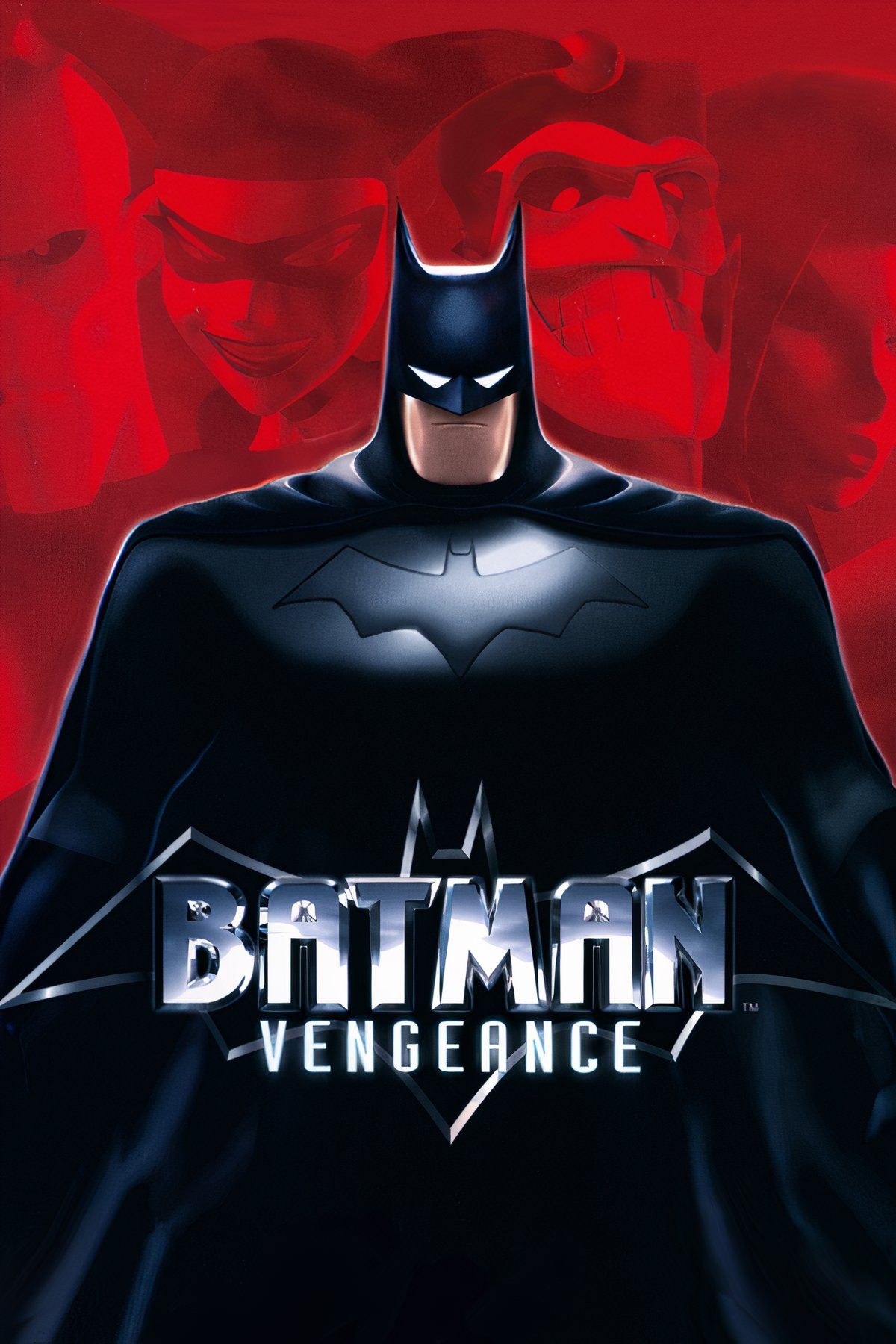
- Released
-
October 15, 2001
Ubisoft’s Batman: Vengeance had style — just not always the substance to back it. Built around the visual language of The New Batman Adventures, it leaned heavily into the animated series’ noir aesthetics, complete with Ron Perlman voicing Bane and a soundtrack that mimicked the show’s orchestral cues. The cutscenes were slick for 2001, and the stylized cityscapes captured Gotham’s brooding mood better than most Batman titles of the era.
But while it looked like an episode of the show, playing it was another story. Combat felt stiff and clunky, and most of the gadget use came down to scripted moments rather than actual player agency. Still, for players who were hungry for a 3D Batman experience that wasn’t Batman Beyond: Return of the Joker, Vengeance at least offered a shadowy glimpse into what a great Batman game could be — just a few years too early.
7
Crazy Taxi
Don’t Crash, Don’t Care
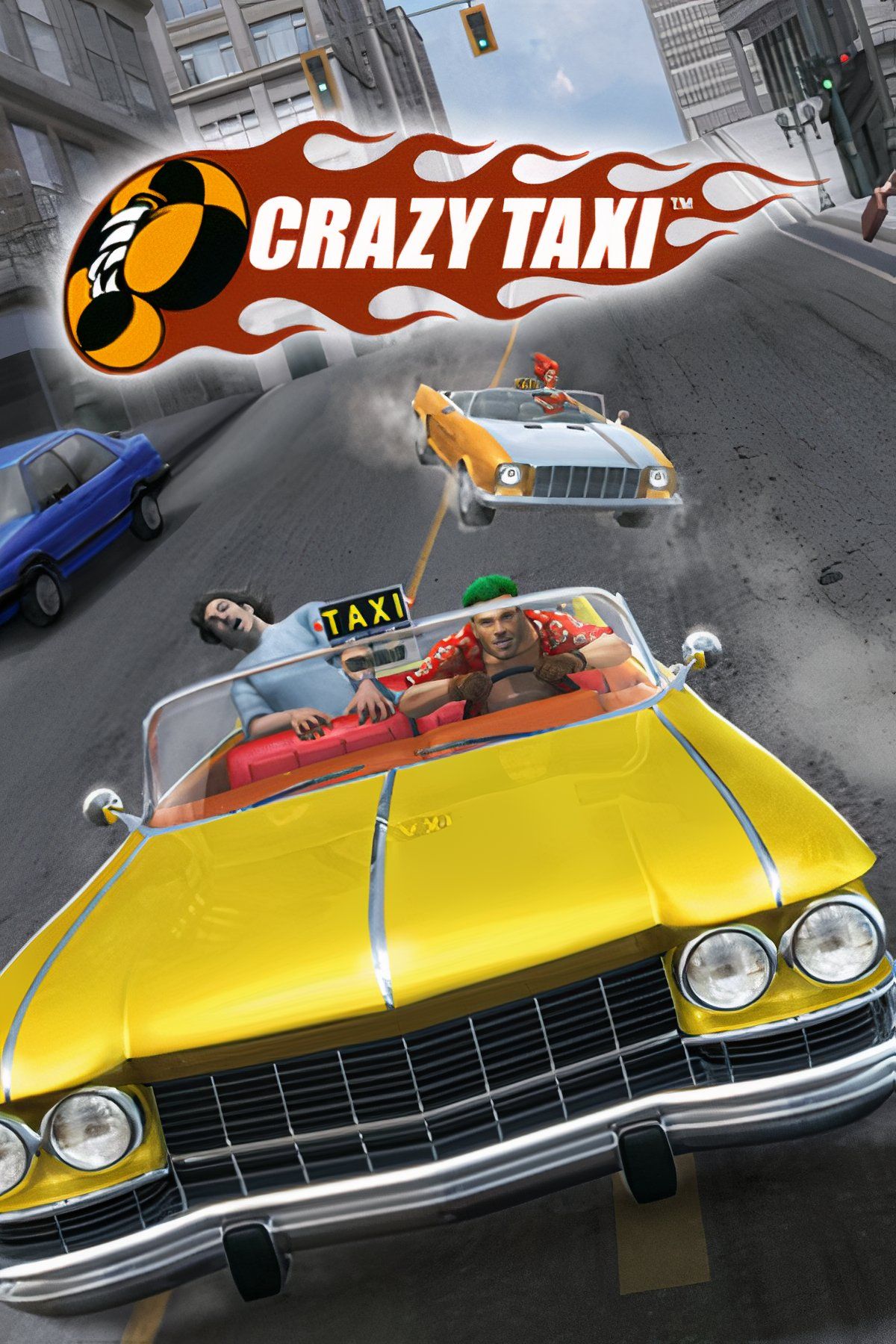
- Released
-
February 12, 1999
- Developer(s)
-
HitMaker
Nothing about Crazy Taxi is subtle. From the Offspring blaring on the speakers to the physics-defying drifts through traffic, it was Sega’s loud, neon-soaked rebellion against realism. Originally an arcade smash, the GameCube version carried over most of the chaos, letting players launch off hills, dive across sidewalks, and deliver passengers to Pizza Hut at breakneck speed.
While technically a port of the Dreamcast version, it still felt right at home on the GameCube’s analog triggers. The lack of licensed stores in later ports made this early version more iconic in hindsight — who knew a KFC stop could feel nostalgic? The game didn’t have much depth to it, but it didn’t need it. It was a 3-minute adrenaline loop that players kept hitting retry on, chasing better fares and tighter turns like some kind of fast food-fueled fever dream.
6
Madden NFL 2002
Helmet Hair & Hail Marys
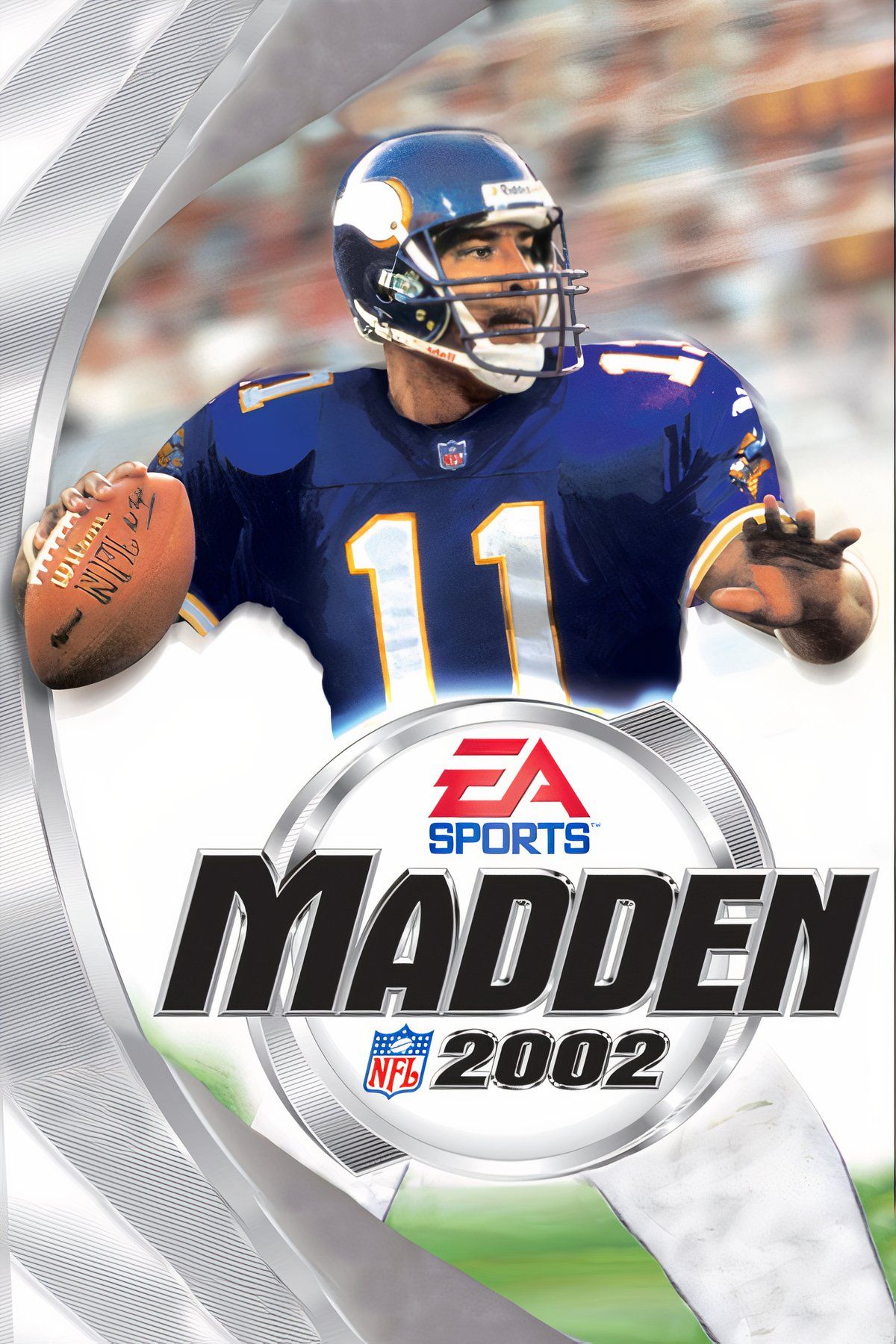
Madden NFL 2002
For those who wanted their GameCube to serve both Mario and Madden, Madden NFL 2002 was the only real sports heavyweight at launch. It wasn’t just EA phoning in a port either — this was a full-featured version that actually ran smoother than the PS2’s, with snappier load times and tighter controls thanks to the GameCube’s controller responsiveness.

Related
8 Nintendo Games With The Best Stories, Ranked
These Nintendo games stand out for their memorable stories filled with fleshed-out characters.
The visuals, at the time, were some of the cleanest in the series, and player models didn’t look like rubber mannequins anymore. Franchise Mode was deep enough to keep players hooked for seasons, and the commentary, while already dated even then, still gave the impression of a broadcast-style presentation. There wasn’t anything genre-defining here, but it held its own and proved the GameCube could cater to more than just the kart-racing crowd.
5
Wave Race: Blue Storm
A Whole Wave Of Water Physics
Wave Race: Blue Storm is the game that made people stare at water and say “whoa” long before it was trendy. Built as a sequel to the N64’s Wave Race 64, this wasn’t just a reskin. The water was alive — literally. Every wave, current, and swell was procedurally generated based on weather systems that changed race by race, making every lap unpredictable.

Related
8 Nintendo Games With The Best Stories, Ranked
These Nintendo games stand out for their memorable stories filled with fleshed-out characters.
The control scheme had a learning curve that punished oversteering and rewarded finesse, and the jet ski physics were nuanced enough to make players feel like they were wrestling actual aquatic beasts. It didn’t hold hands, and it didn’t care if players didn’t immediately get the hang of buoy slaloms. But once mastered, it was one of the most technically satisfying racers of its time, and to this day, Blue Storm is still quietly worshiped by fans of arcade racers that require actual skill.
4
Super Monkey Ball
A Banana-Flavored Masterclass In Mayhem
There’s no sugarcoating it — Super Monkey Ball looked deceptively simple, but it might’ve been one of the most brutally precise games in the entire launch lineup. Players weren’t just controlling the monkey — they were tilting the entire world, and that tiny difference made all the difference.
The level design was pure evil in the best way possible. Narrow bridges, spinning platforms, trapdoors; each stage was a physics puzzle that tested not just reflexes but nerves. And yet, the chaos was wrapped in this innocent-looking package with bouncy music and banana-collecting monkeys. The real genius, though, was in the multiplayer. Monkey Target, Monkey Bowling, Monkey Fight — these were not throwaway modes. They were full-on party games that became main events during group sessions. It was Sega doing what it did best — making mechanics-focused games that punched way above their visual weight class.
3
Tony Hawk’s Pro Skater 3
Kickflips, Culture, And That One Warehouse Level
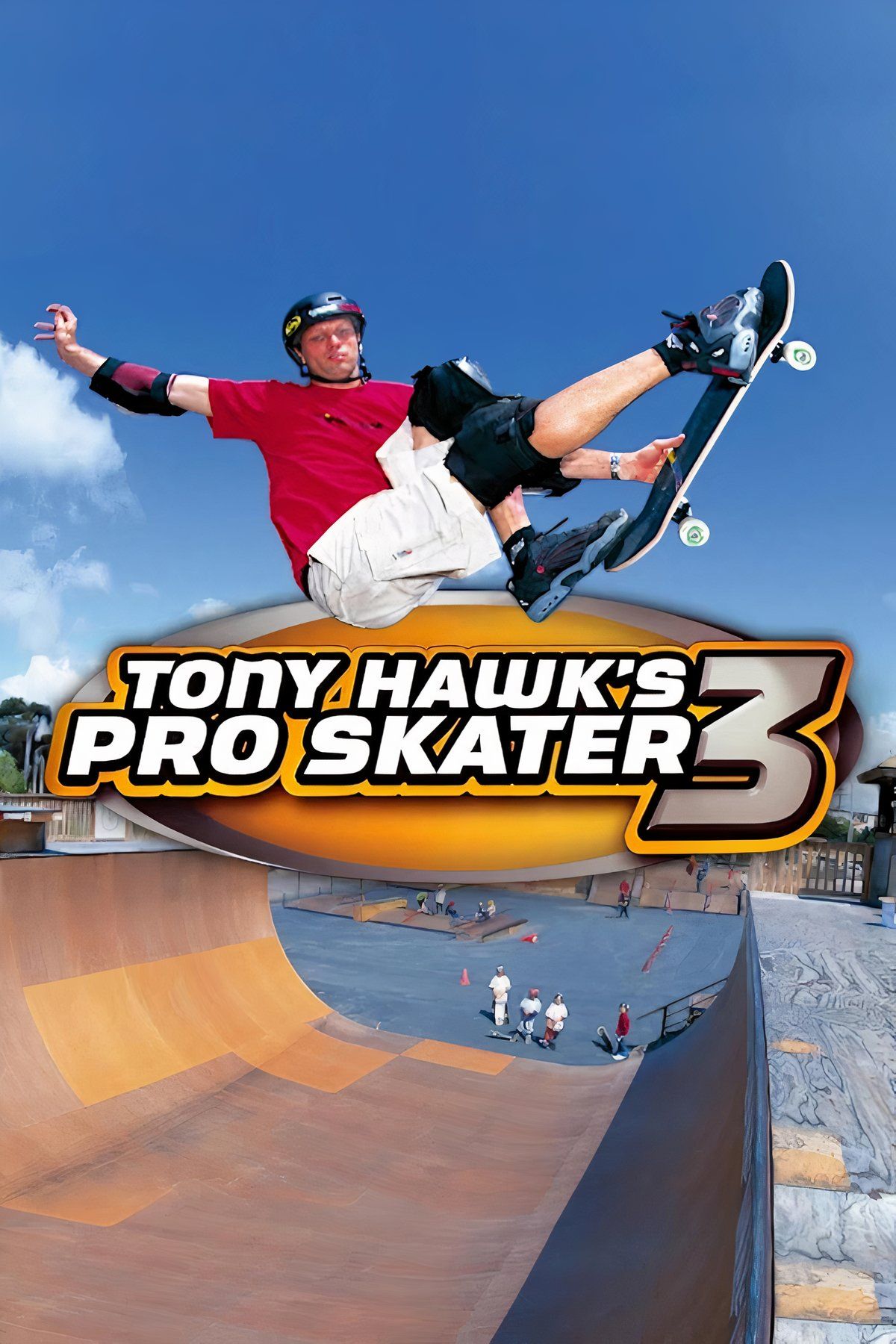
- Released
-
October 30, 2001
Even though it arrived just a hair after launch day, Tony Hawk’s Pro Skater 3 was still part of the console’s early wave, and it came in hard. This was the first Tony Hawk game to introduce reverts, which finally let players link vert tricks into manuals, opening up absurdly high-scoring combos that transformed how levels were played.
But it wasn’t just the mechanics. The soundtrack? Iconic. The roster? Legendary. Levels like Airport, Foundry, and Suburbia were sprawling skate playgrounds, packed with secret routes and ridiculous challenge design. The GameCube version had smoother performance than the PS2 in spots and even featured Darth Maul as an unlockable skater — because why not? This was peak era for the franchise, and THPS3 wasn’t just a great launch title; it was one of the best entries in one of gaming’s most culturally significant series.
2
Luigi’s Mansion
Haunted Hallways And Hardware Showpieces

- Platform(s)
-
Nintendo GameCube, 3DS
- Released
-
November 18, 2001
- Publisher(s)
-
Nintendo
- OpenCritic Rating
-
Strong
Nintendo could’ve launched with a Mario platformer, but instead, they gave Luigi a vacuum and dropped him into a haunted house. Luigi’s Mansion wasn’t just quirky; it was bold — an atmospheric, puzzle-focused ghost-catcher with actual lighting and shadow tech that made it a showcase for the GameCube’s graphical muscle.
The mansion itself was a labyrinth of secrets, each room filled with interactive elements and hand-placed ghost encounters. Every boss ghost had a unique personality, from the melancholic baby to the narcissistic artist, and Luigi’s hesitant animations sold the entire tone of the adventure. It wasn’t a traditional launch mascot game, but that’s what made it memorable — it leaned into character, mood, and weirdness in a way few first-party titles dared to.
1
Star Wars Rogue Squadron 2: Rogue Leader
Pew Pew Perfect

- Platform(s)
-
Nintendo GameCube, Wii
- Released
-
November 9, 2001
Factor 5 didn’t just build a Star Wars game — they practically built a tech demo disguised as one. Rogue Leader was the graphical powerhouse of the launch, throwing players into space battles and trench runs that looked better than most of what PS2 was doing two years later. The textures were crisp, the lighting effects were borderline cinematic, and the cockpit detail was absurd for 2001.
But it wasn’t just eye candy. Missions spanned from iconic battles like the Death Star assault to obscure EU-inspired skirmishes, and every ship handled differently — from the twitchy A-Wing to the all-purpose X-Wing. The targeting computer visuals, lock-on chirps, and orchestral score pulled straight from John Williams’ vault made it feel like players weren’t just in a Star Wars game — they were part of the Star Wars mythos.
Even now, Rogue Leader remains one of the highest-rated Star Wars games ever made. Not bad for something that came out the same day as the console it ran on.
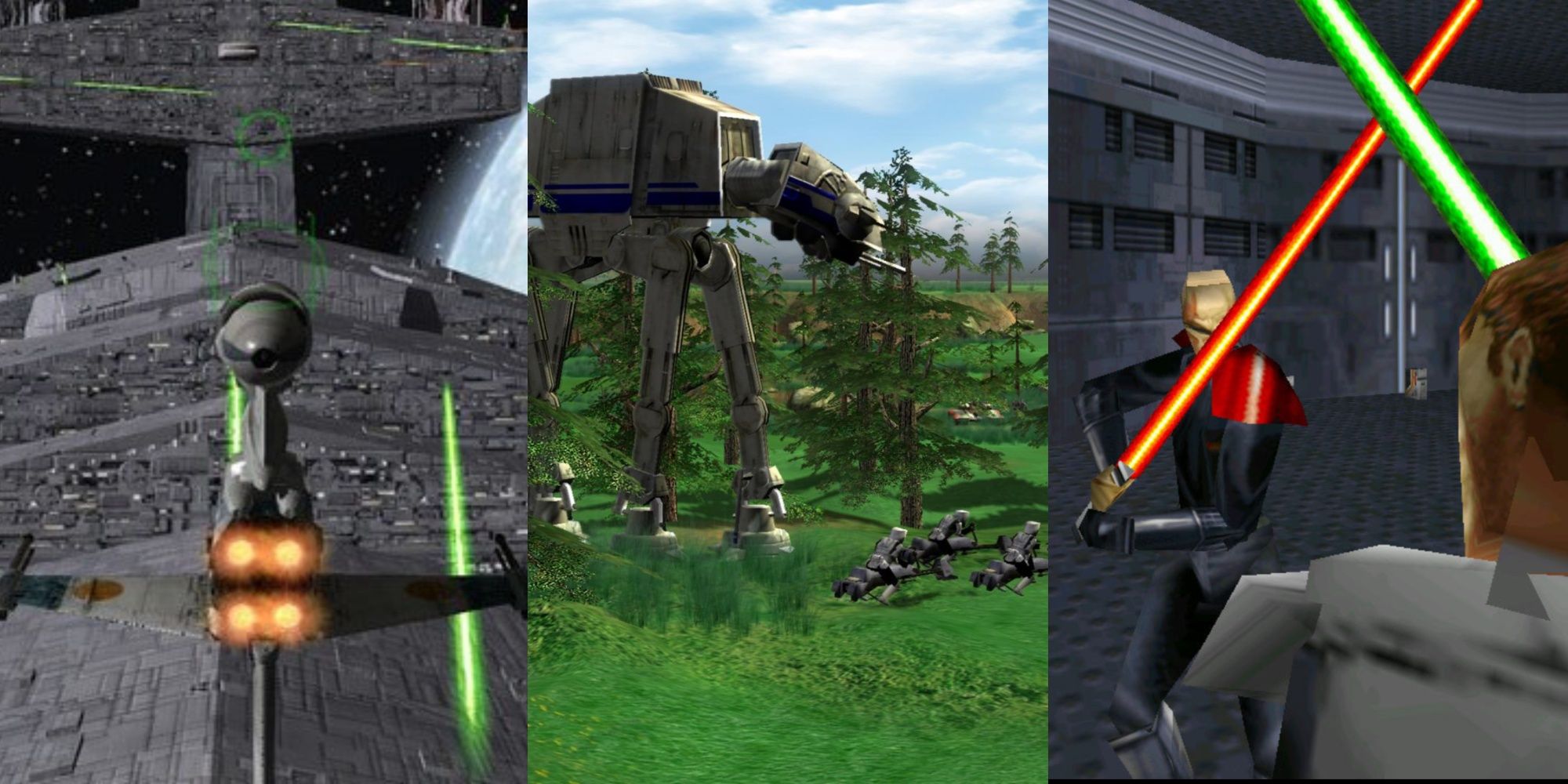
More
12 Star Wars Games That Could Use A Remake
The following Star Wars games could be smash hits if they are given another chance to shine with a modern remake.




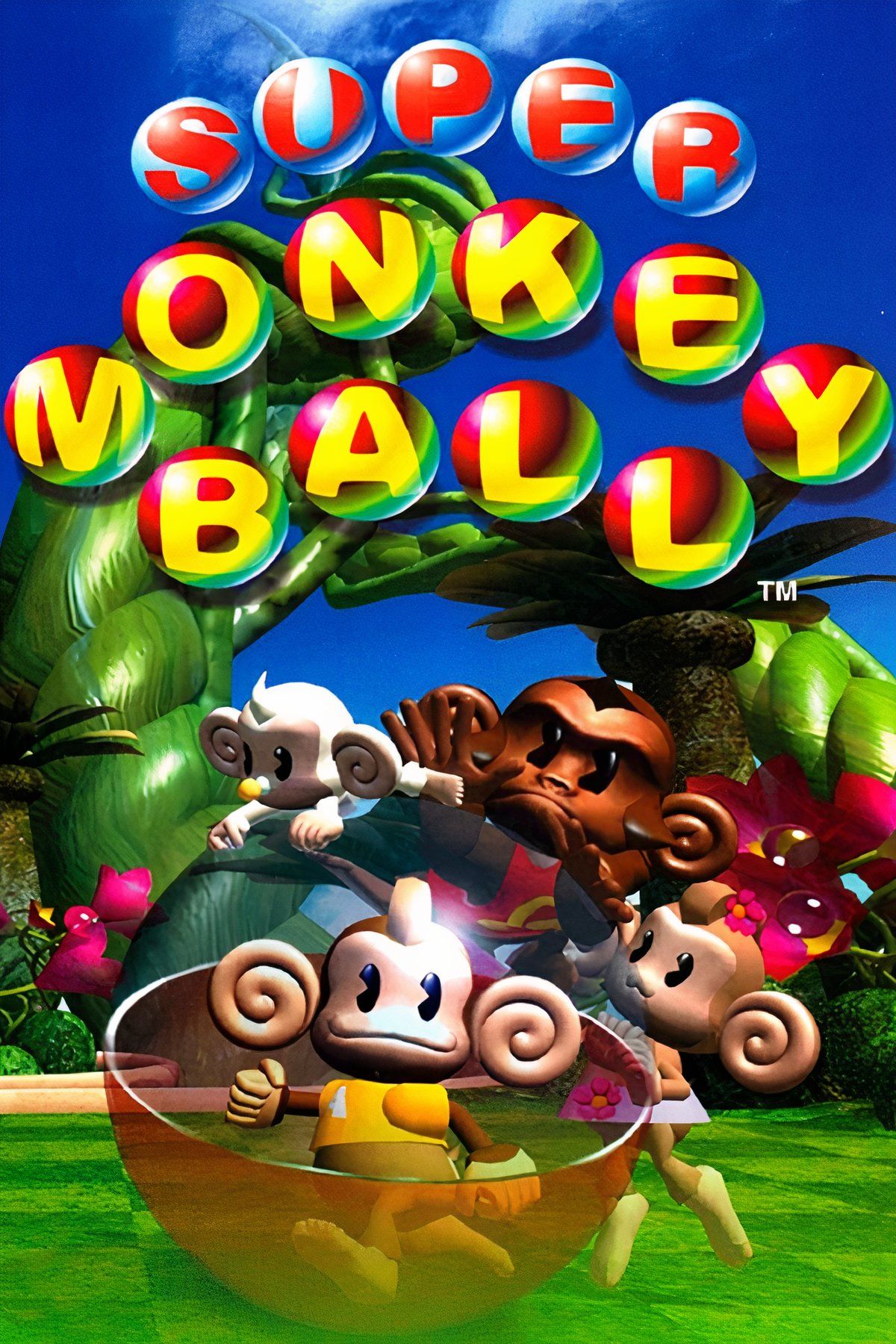



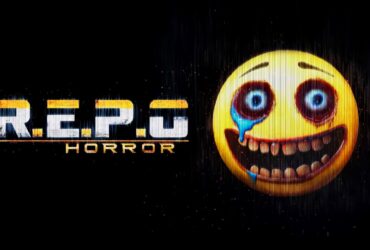
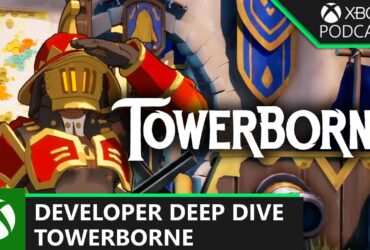




Leave a Reply